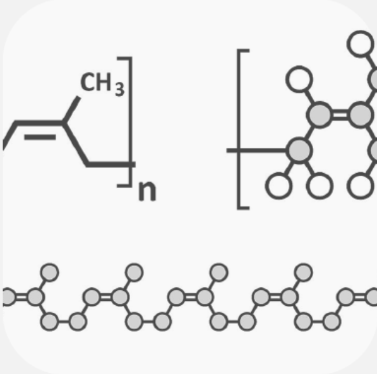
- Chinese: Business Department 0539-8782638
- English: chau@dengzhuochem.com

- Chinese: Business Department 0539-8782638
- English: chau@dengzhuochem.com

Application of TS-1 in cyclohexanone ammoximation reaction
2024-11-07
Reaction Background and Significance
The ammoximation of cyclohexanone is a crucial step in the production of cyclohexanone oxime. Cyclohexanone oxime is an important intermediate for the preparation of caprolactam. Caprolactam is mainly used in the production of polyamide-6 (nylon-6) fibers and engineering plastics, etc., and it has a wide range of applications in numerous industrial fields such as textile, automobile, and electronics. Traditional methods for producing cyclohexanone oxime have issues like complex procedures, generation of a large amount of by-products, and environmental pollution. However, the ammoximation of cyclohexanone catalyzed by titanium silicalite TS-1 is an environmentally friendly and highly atom-economical green chemical process.
Structural Characteristics of TS-1 Molecular Sieve
Crystal Structure: TS-1 belongs to the molecular sieve with MFI-type topological structure, possessing a three-dimensional pore system composed of silicon-oxygen tetrahedra and titanium-oxygen tetrahedra. Its pore size is approximately 0.51 - 0.56 nm. This microporous structure provides specific diffusion channels for reactant molecules and product molecules, which has an important impact on the selectivity of the reaction.
Titanium Active Center: The form of existence and distribution state of titanium atoms in the molecular sieve framework determine its catalytic activity. Titanium atoms are embedded in the silicon-oxygen framework in a four-coordinate form. This structure enables the titanium center to effectively activate hydrogen peroxide, endowing it with an appropriate oxidation ability, thereby selectively oxidizing cyclohexanone to cyclohexanone oxime.
Reaction Mechanism
Activation of Hydrogen Peroxide: In the reaction system, hydrogen peroxide is first adsorbed on the titanium active center of the TS-1 molecular sieve. The titanium atom and hydrogen peroxide form an active intermediate, which has a relatively high oxidation activity and can initiate subsequent oxidation reactions.
Adsorption and Reaction of Ammonia: Ammonia molecules are also adsorbed on the surface of the molecular sieve and react with the activated hydrogen peroxide and cyclohexanone molecules within the pores of the molecular sieve. Ammonia, as a nucleophilic reagent, attacks the carbonyl carbon of the activated cyclohexanone. Meanwhile, the activated hydrogen peroxide provides oxygen atoms. After a series of coordinated reaction steps, cyclohexanone oxime is finally produced.
Control of Reaction Selectivity: The microporous structure of the TS-1 molecular sieve restricts the size and shape of reactant and product molecules, making the reaction proceed in the direction of generating cyclohexanone oxime. Only molecules with appropriate size and shape can enter the pores and participate in the reaction, thus avoiding side reactions and improving the selectivity of the reaction.

<< Previous Page
Next Page >>